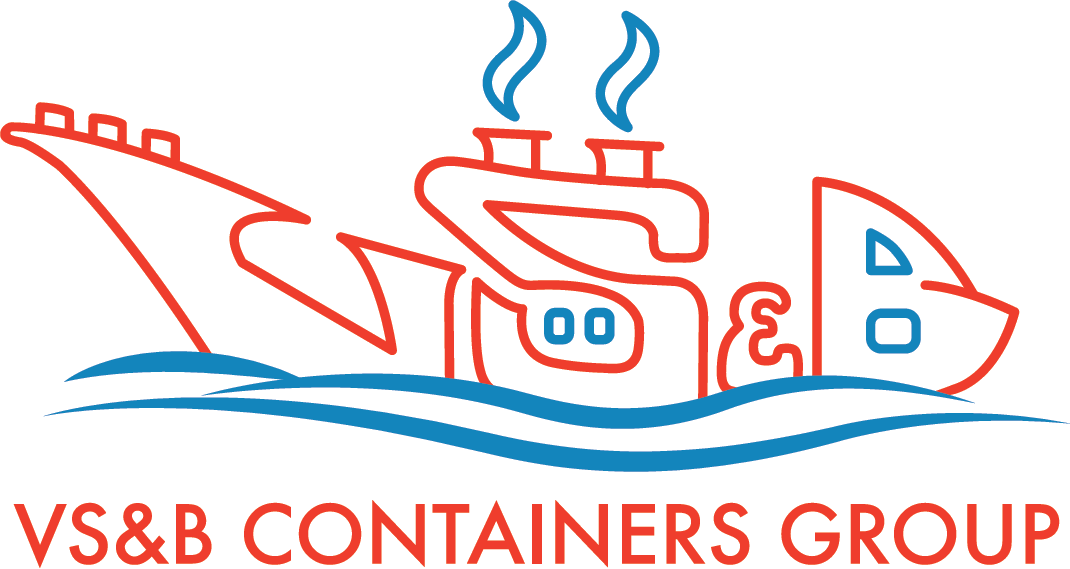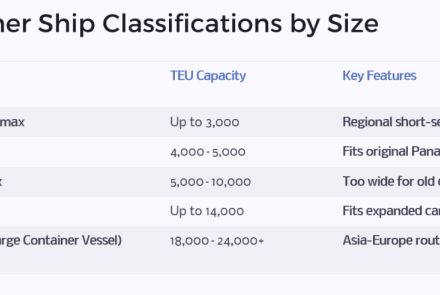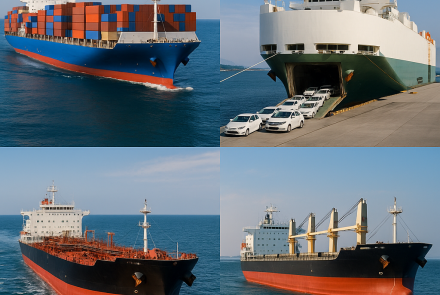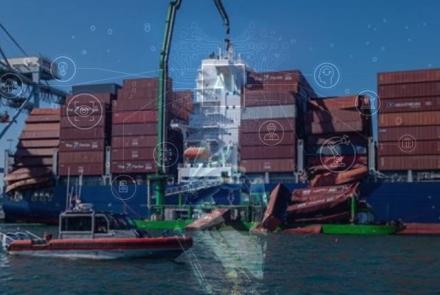Steel Floor vs. Bamboo Floor in Shipping Containers: Which is Better?
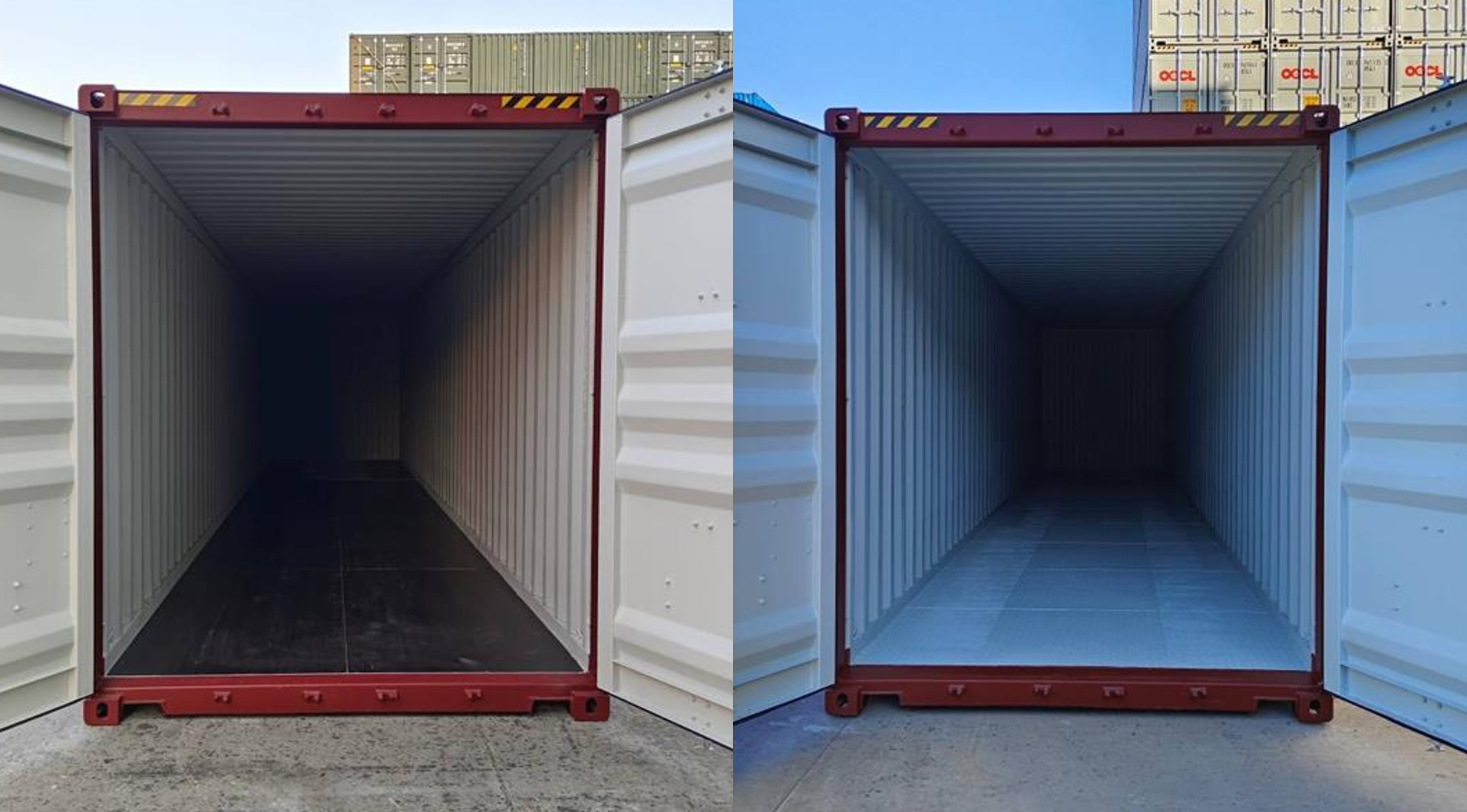
The flooring of a shipping container plays a much bigger role than most people realize. It affects durability, cargo safety, maintenance, and even cost. Two of the most common flooring materials are steel and bamboo plywood. But what’s the difference, and which one is right for your needs?
Steel Flooring in Containers
Steel flooring is not the default option in standard dry containers, but it is widely used in specialized containers such as:
- Reefer (refrigerated) containers
- Offshore and heavy-duty containers
Advantages of Steel Flooring
- Heavy-duty strength: Handles extremely high loads and constant forklift traffic.
- Hygienic surface: Easy to wash, disinfect, and maintain — critical for the next load
- Moisture resistance: Does not absorb spills, reducing contamination risk.
- Long service life: Stays intact under harsh conditions.
- Fire resistant: Unlike wood or bamboo, steel will not catch fire.
- No delamination: unlike plies in a wooden floor, steel cannot delaminate.
- Easy to maintain: dents and cracks can usually be repaired without changing the floor plates
- Recycling ability: At the end of its useful life, the steel floor can be recycled like the rest of the container
⚠️ Drawbacks:
- Heavier weight reduces payload capacity.
- Higher cost than bamboo flooring.
- Vulnerable to rust if not coated or maintained properly.
Bamboo Flooring in Containers
Bamboo plywood has become the global standard in most ISO dry cargo containers, replacing traditional hardwood flooring. Over 90% of new dry containers today use bamboo flooring.
Advantages of Bamboo Flooring
- Eco-friendly: A fast-growing, renewable material that reduces environmental impact.
- Lightweight: Increases payload capacity by keeping the container weight low.
- Cost-effective: More affordable than steel, making it a practical choice for standard containers.
- Non-slip surface: Offers good grip for cargo and equipment during handling.
- Easy lashing of cargo: possible to put nails into the floor to secure cargo; however, the nailing into the floor will cause damages and subsequent delamination due to moisture ingress, weakening the floor in the long run.
⚠️ Drawbacks:
- Can absorb moisture if the protective seal is damaged.
- Requires care during loading to avoid dents and punctures.
- In case of moisture getting into the floor, delamination may happen which may require repair or replacement.
- Broken or heavily scratched sections need to be replaced entirely.
- Often special waste at the end of its useful life, to be disposed at cost.
Which One Should You Choose?
- Choose Steel Flooring if you need maximum durability, hygiene, fire safety, and resistance to spills
- Choose Bamboo Flooring if you need a lightweight option Shape
Final Thoughts
Both steel and bamboo flooring have their advantages. While bamboo floor has become the preferred choice for dry cargo containers , steel floor is an excellent flooring material for specialized containers that demand hygiene, fire resistance, and heavy-duty performance.
VS&B Containers group offers both standard and custom-made containers, delivered directly from the factory to your desired location. With a fleet of over 30,000 containers made available across Europe and Asia, the company helps customers get containers effortlessly from anywhere in the world. If you have unique needs in terms of affordability, adaptability, and potential return on investment, please drop an email to traders@vsnb.com, and the VS&B team will contact you to discuss further.
- Log in to post comments
